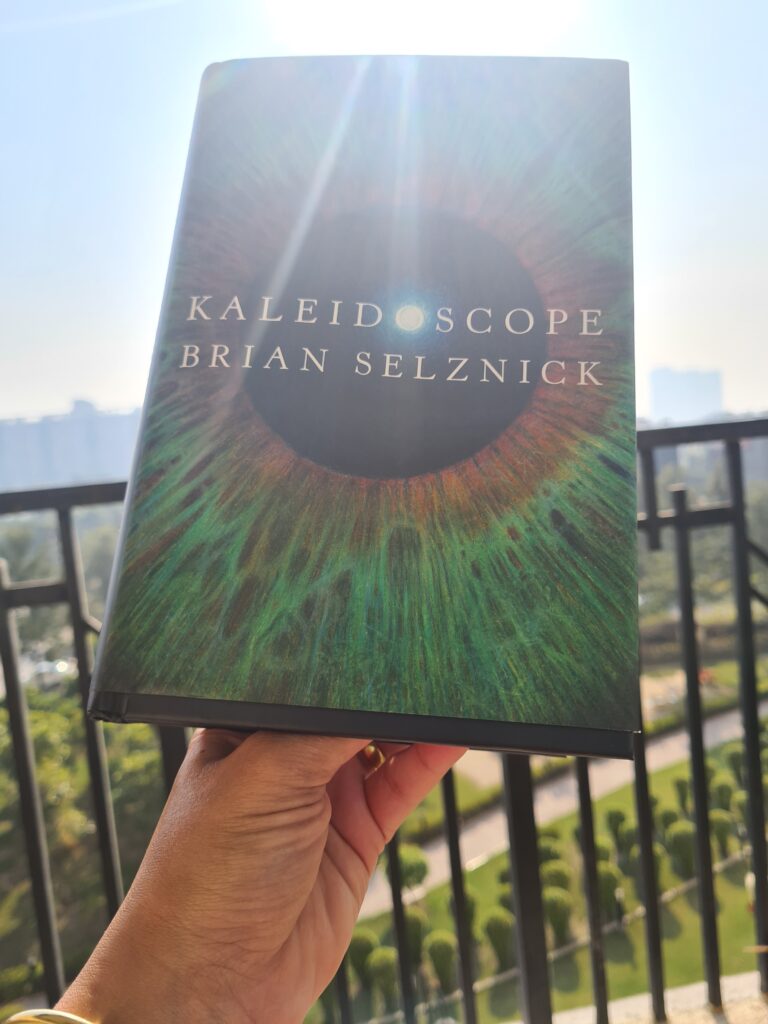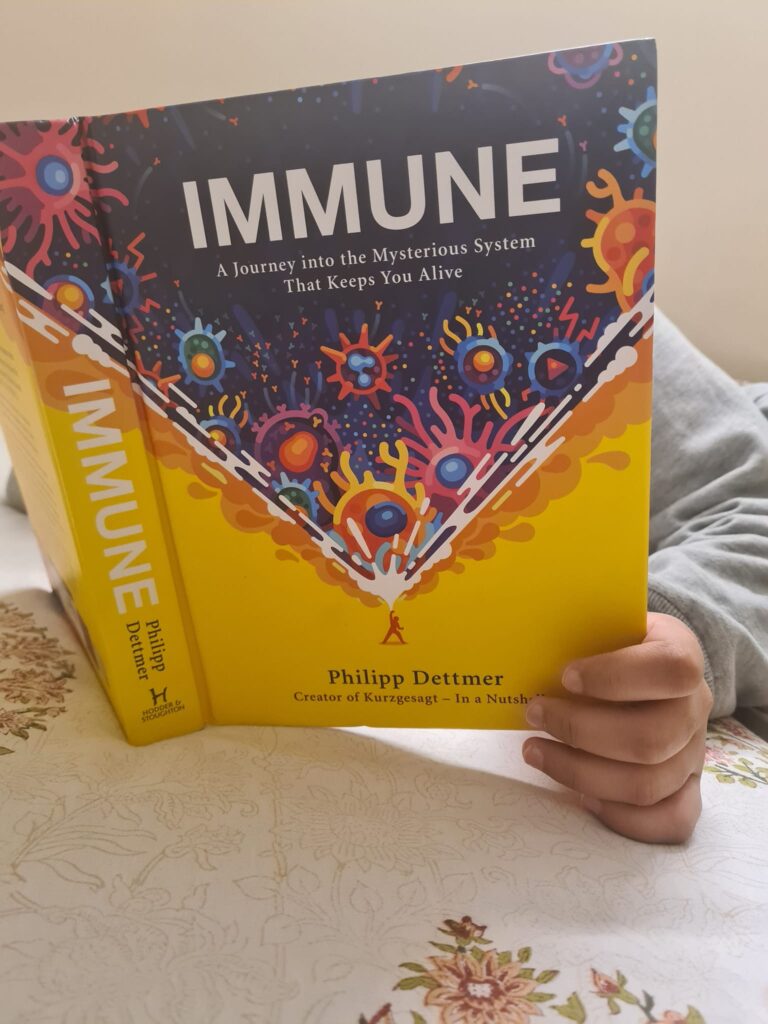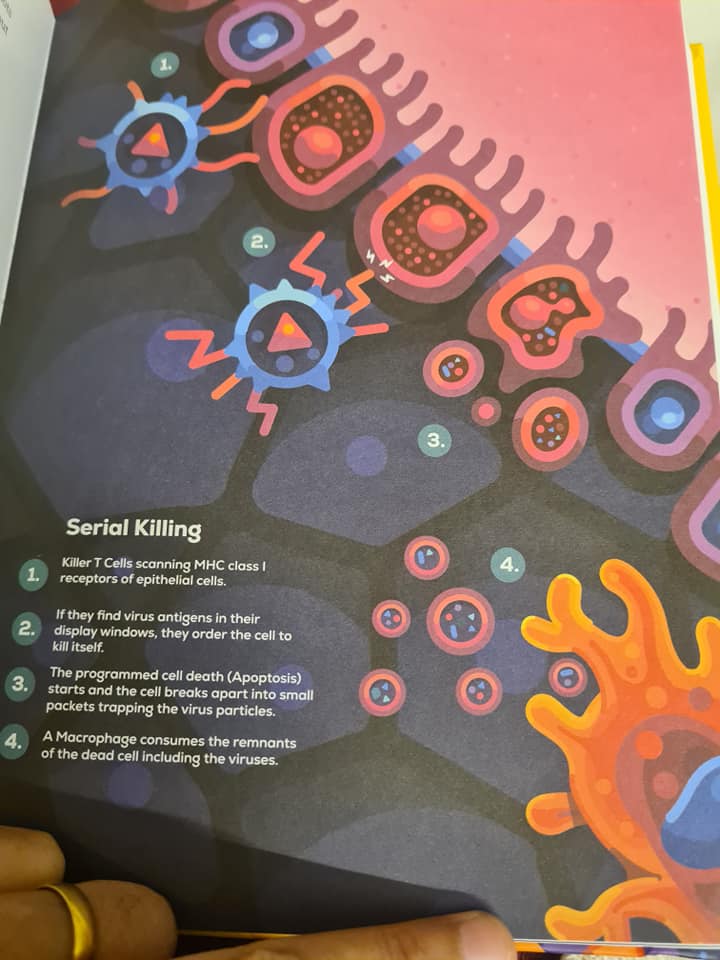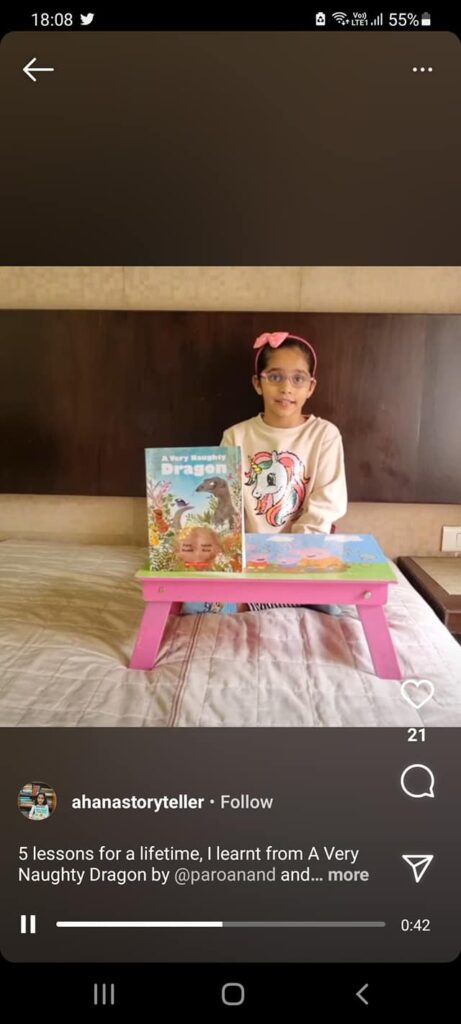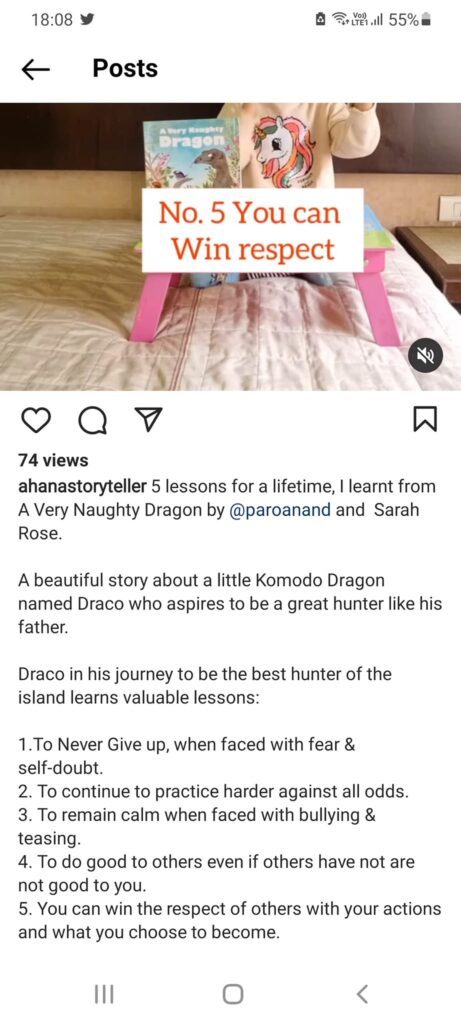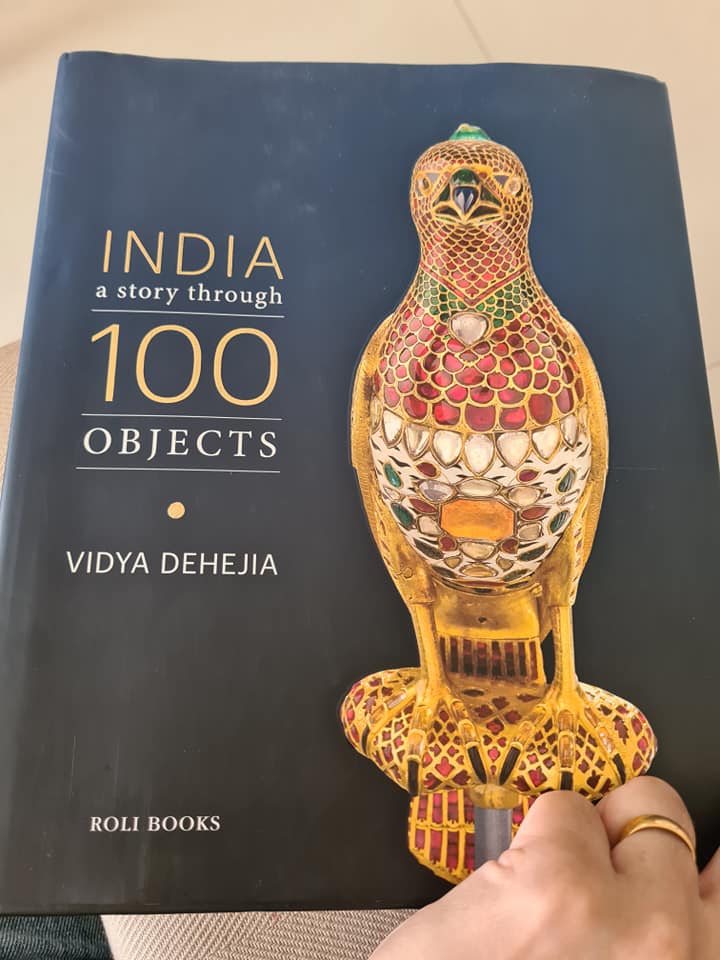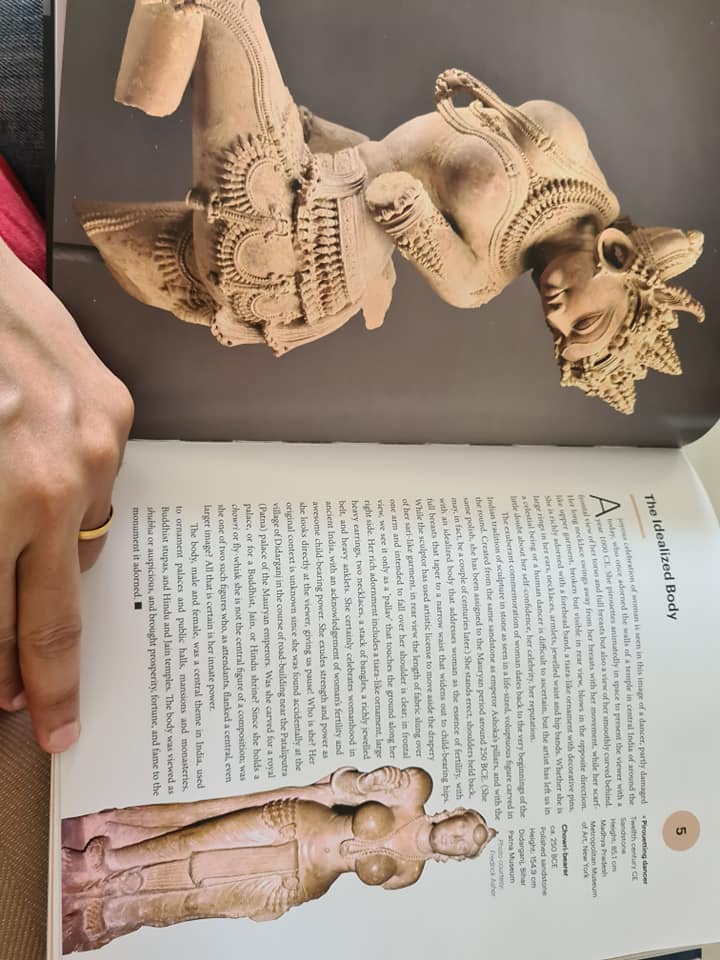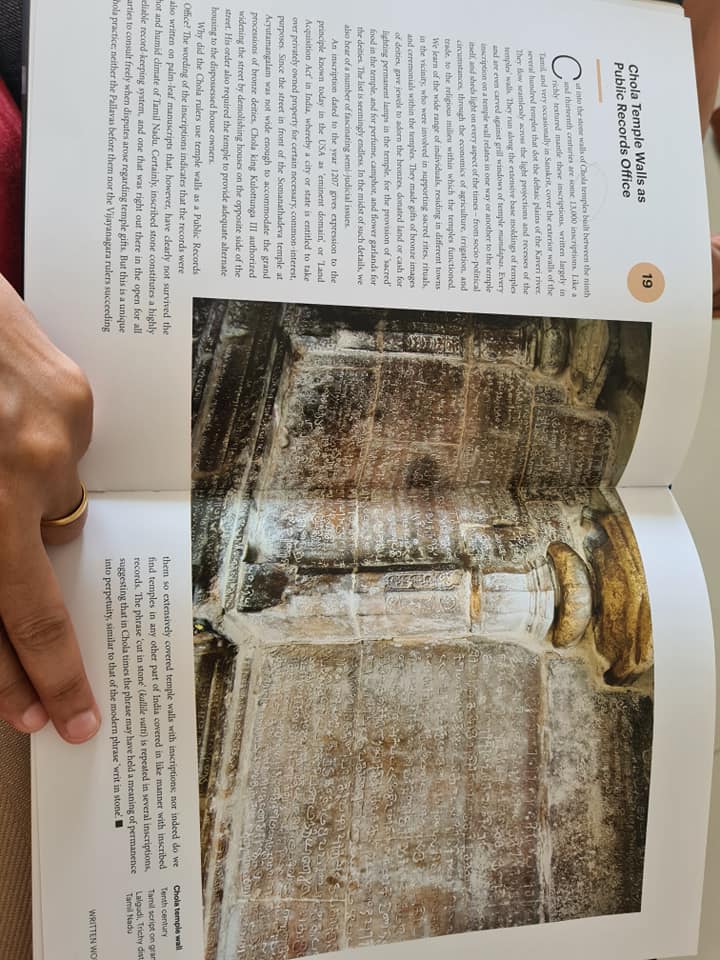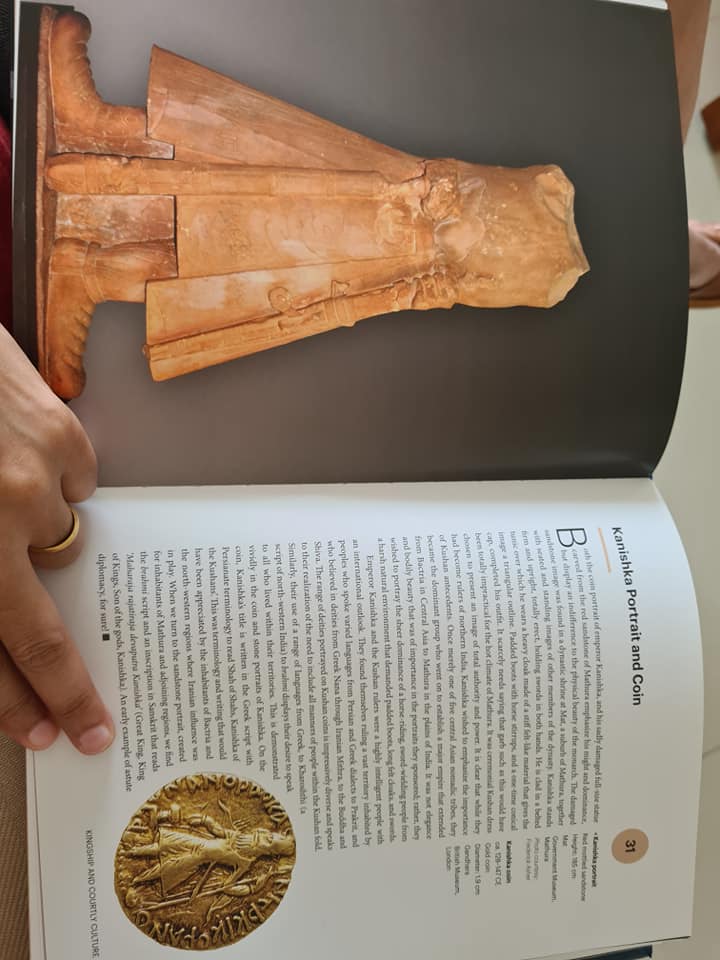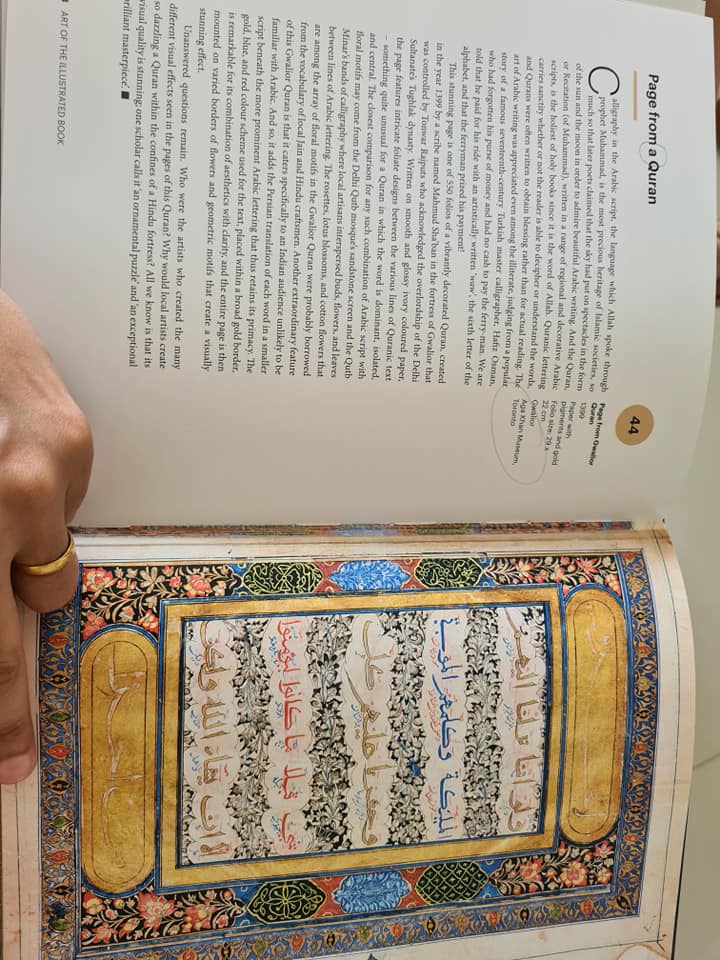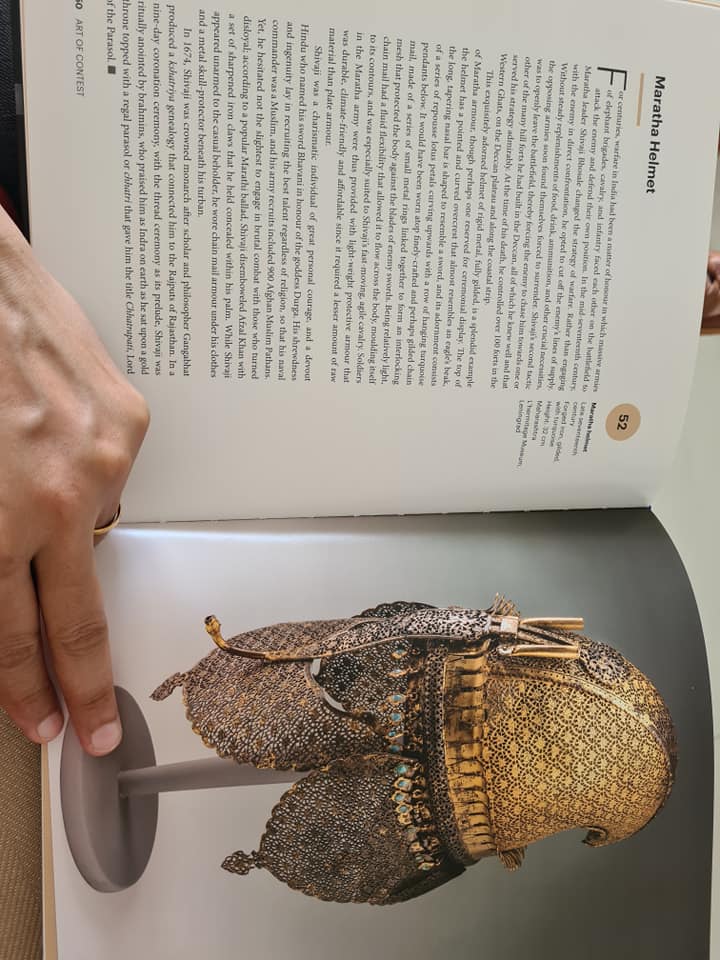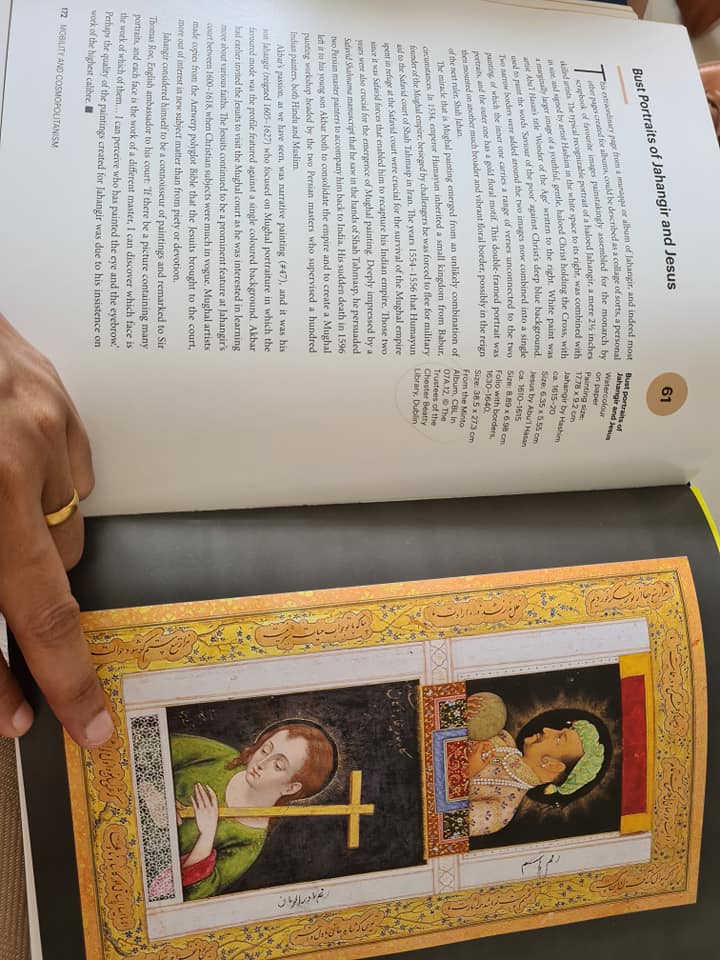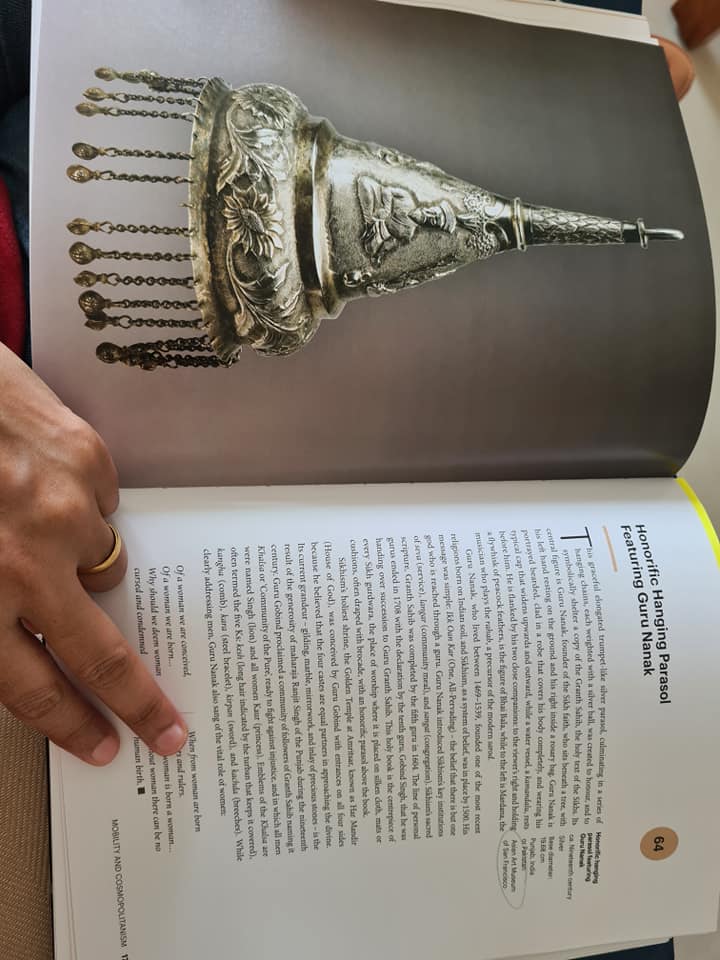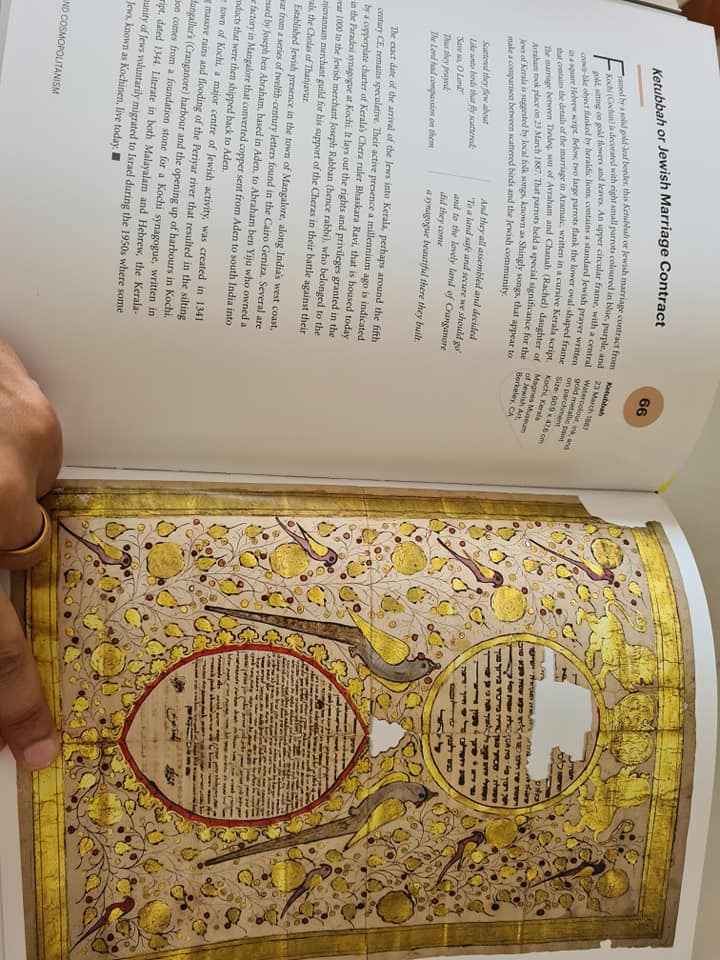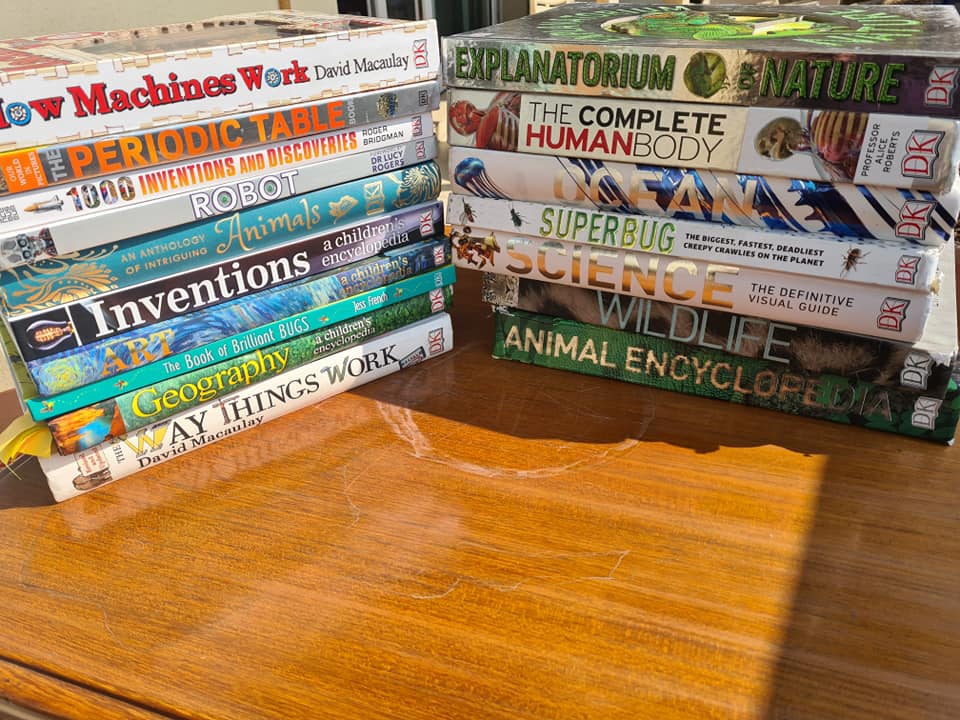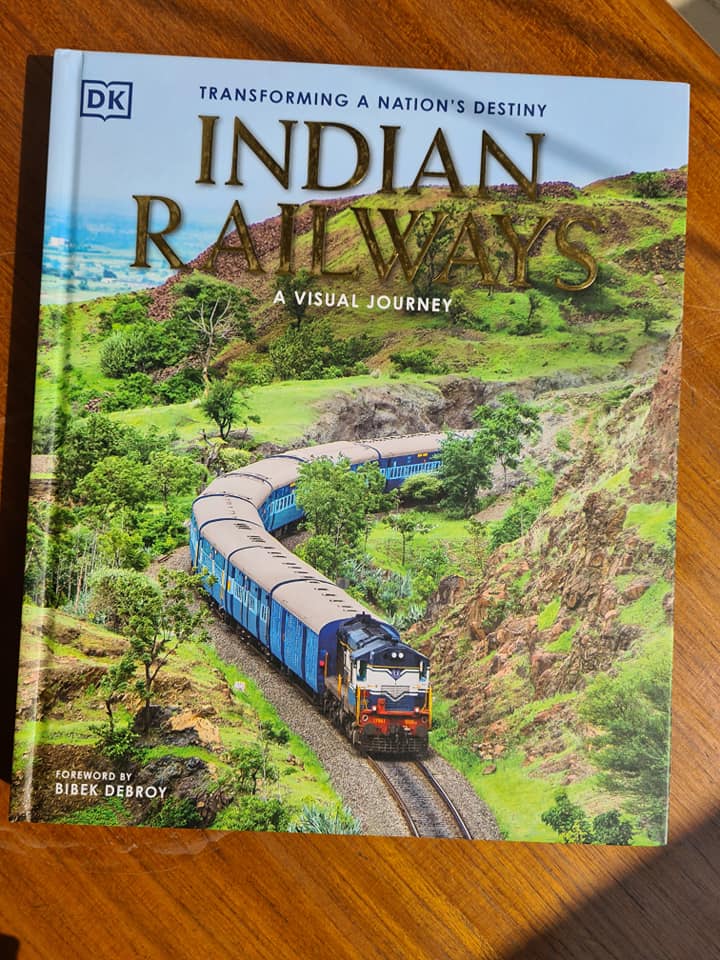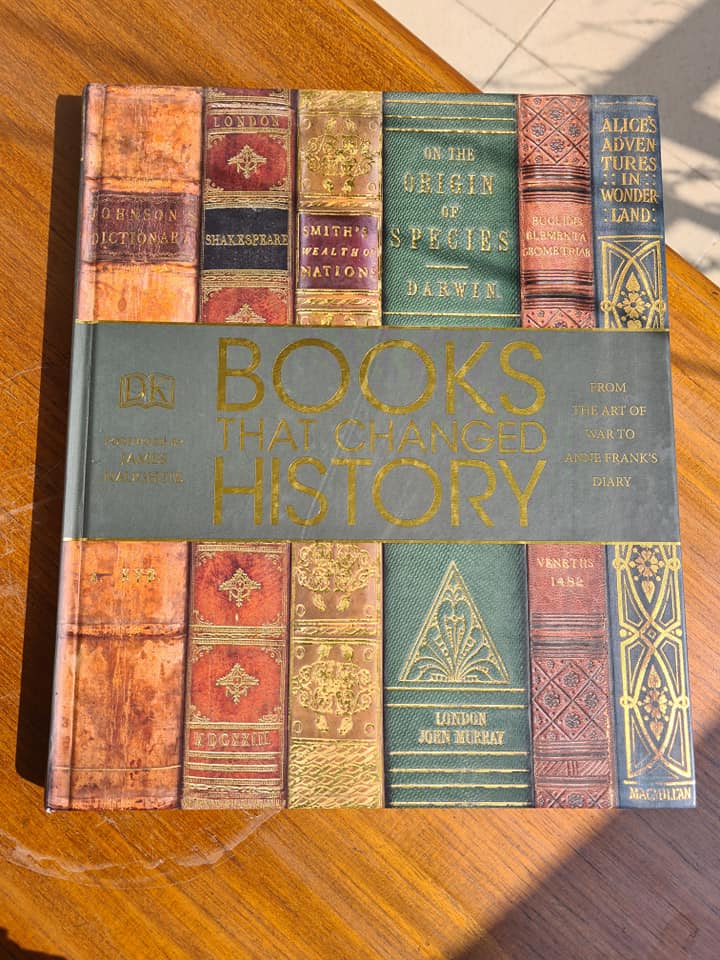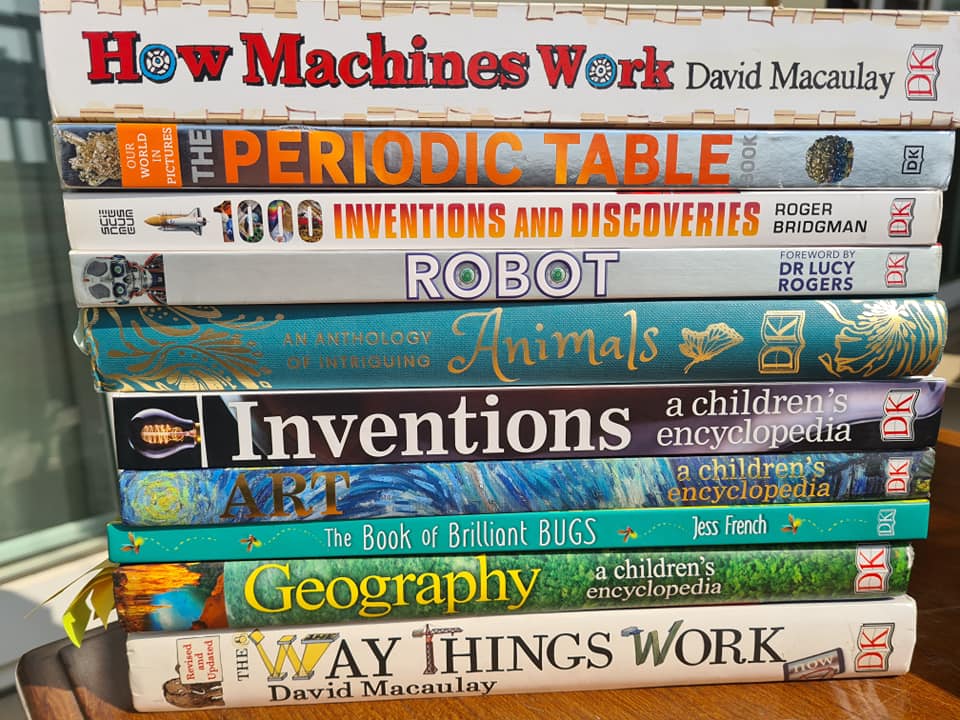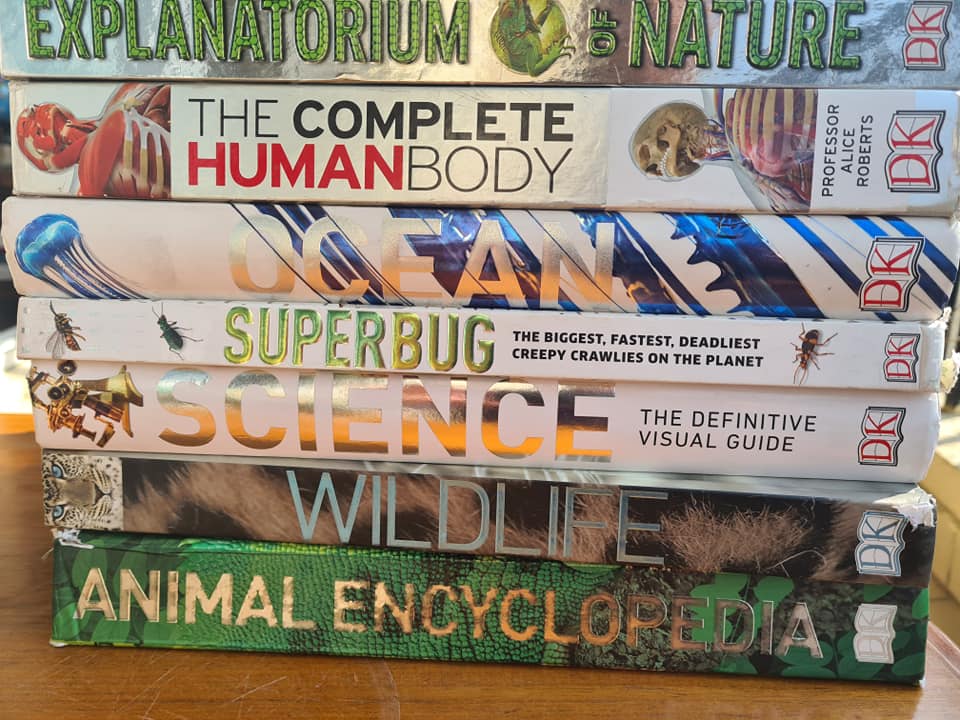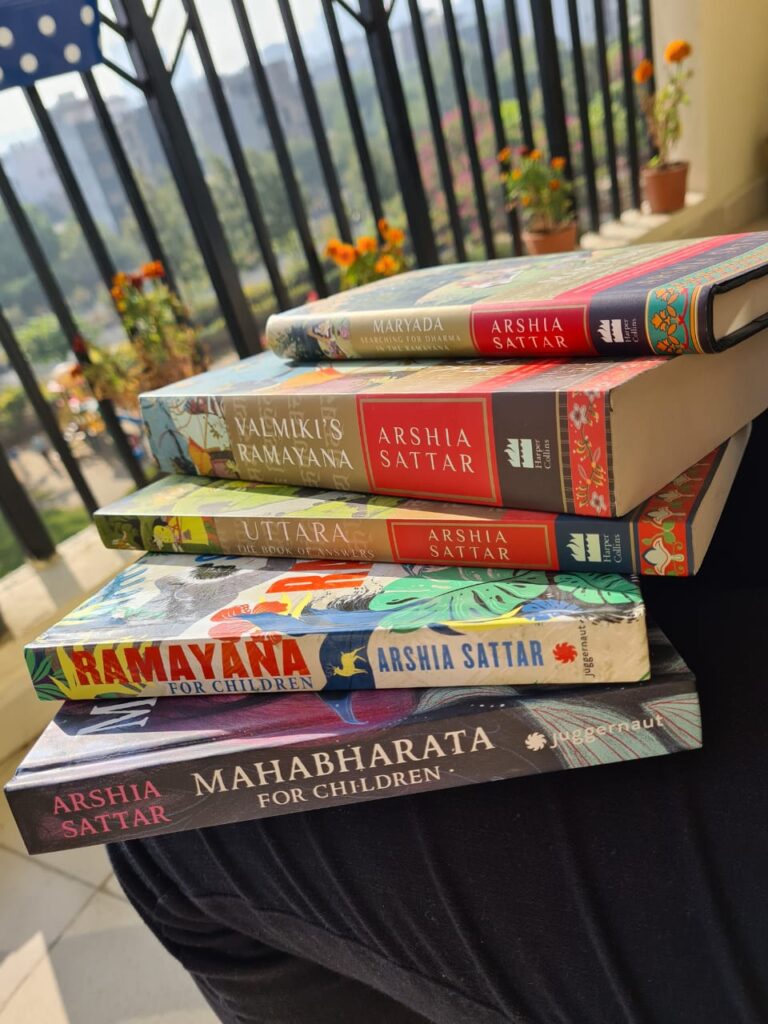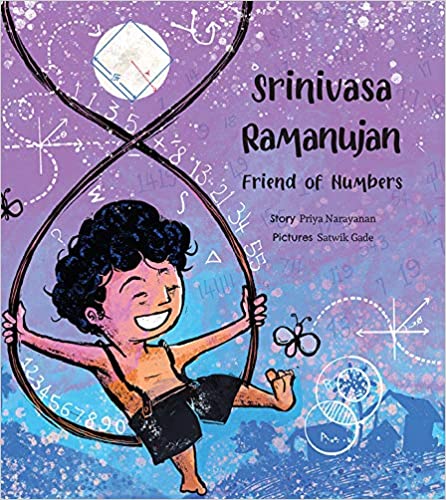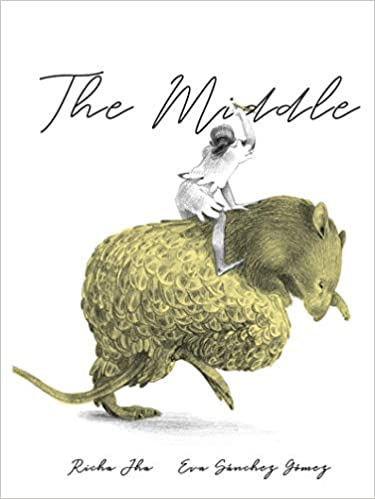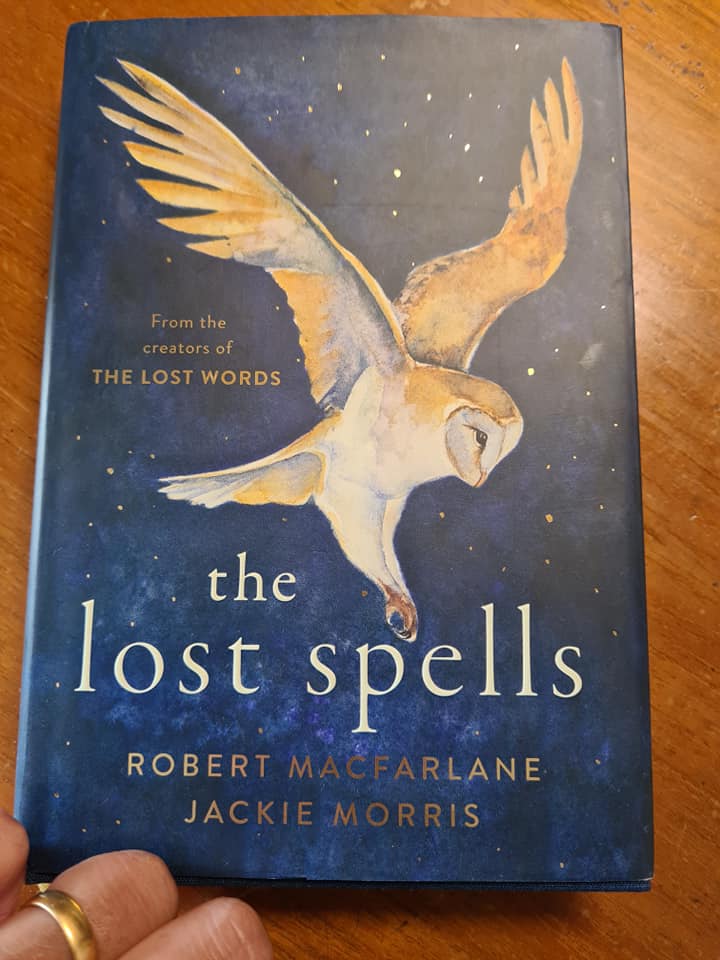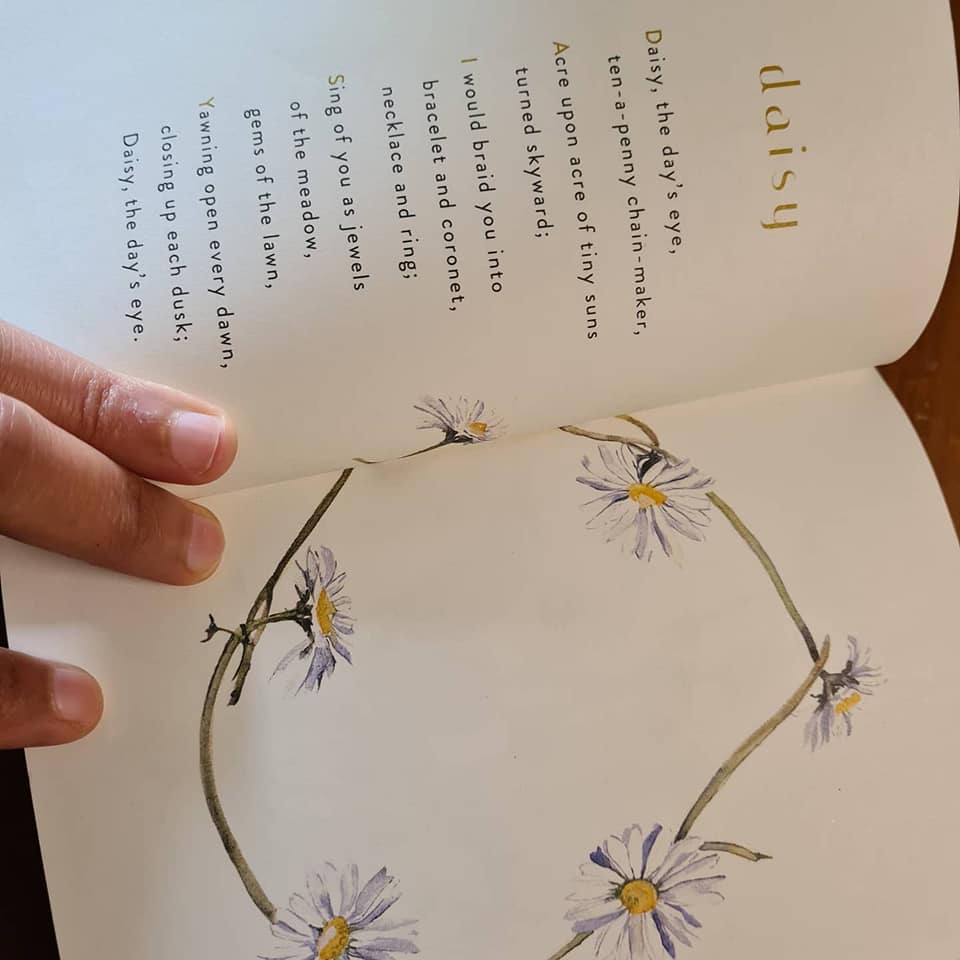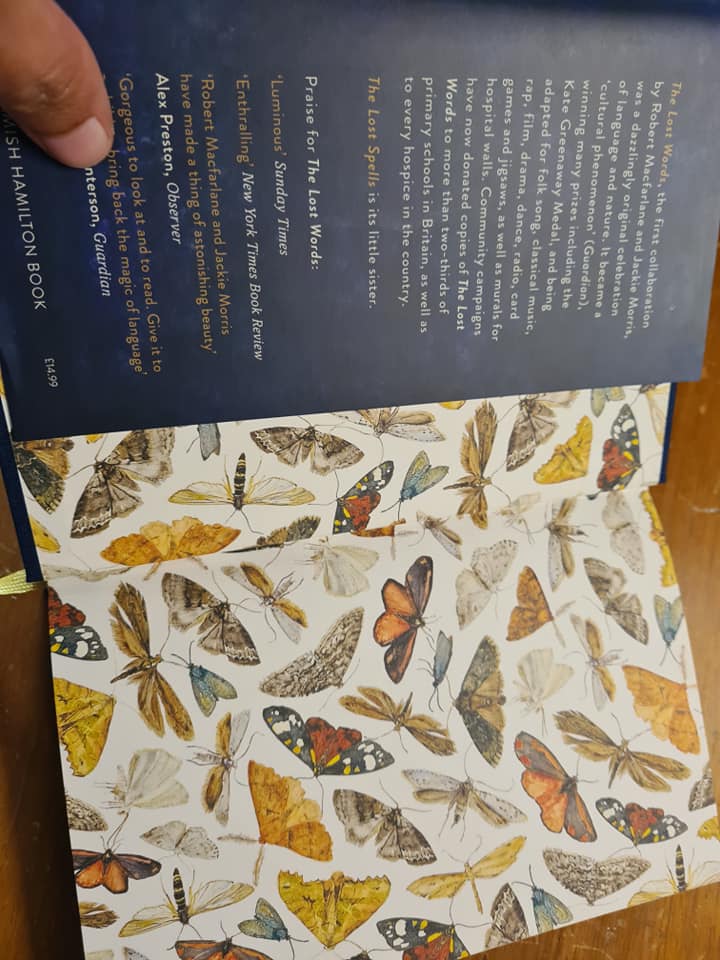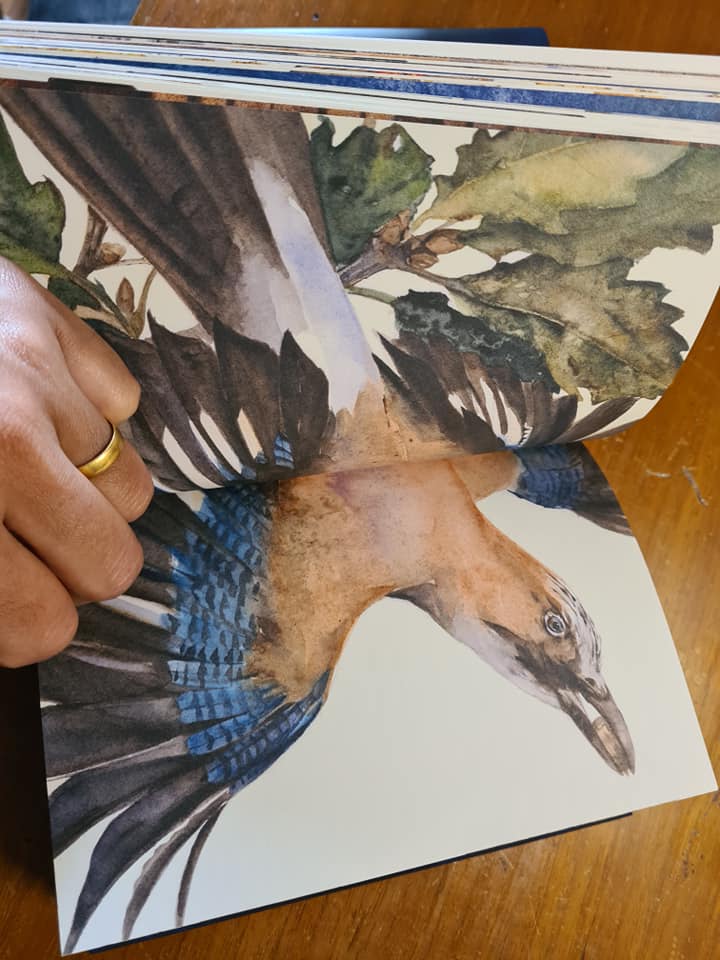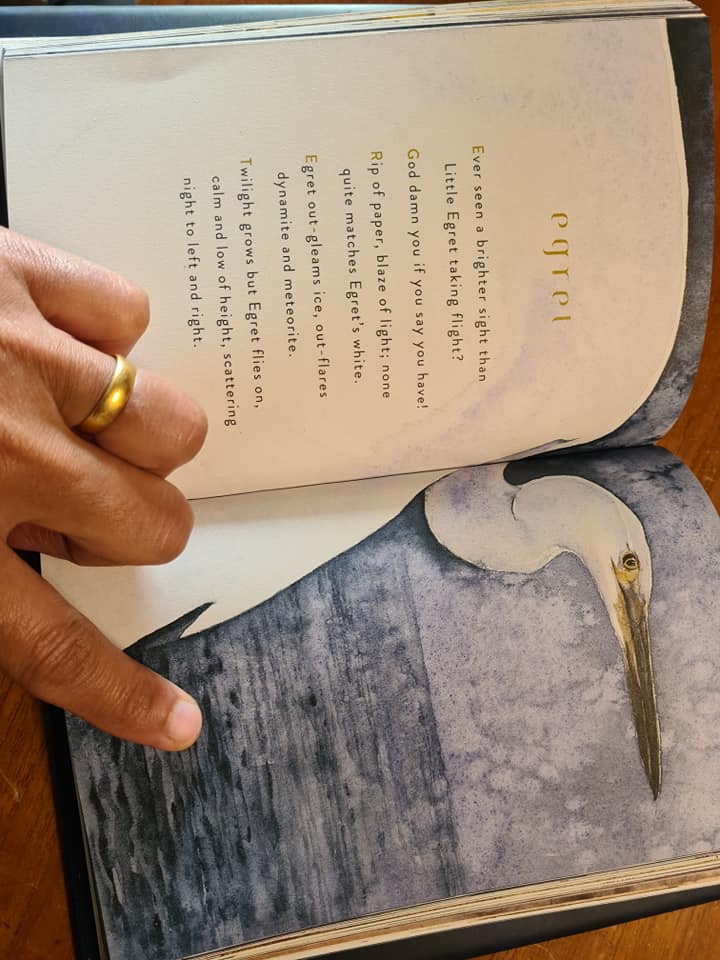“Favourite Stories from Hindu Myths” by Arshia Sattar
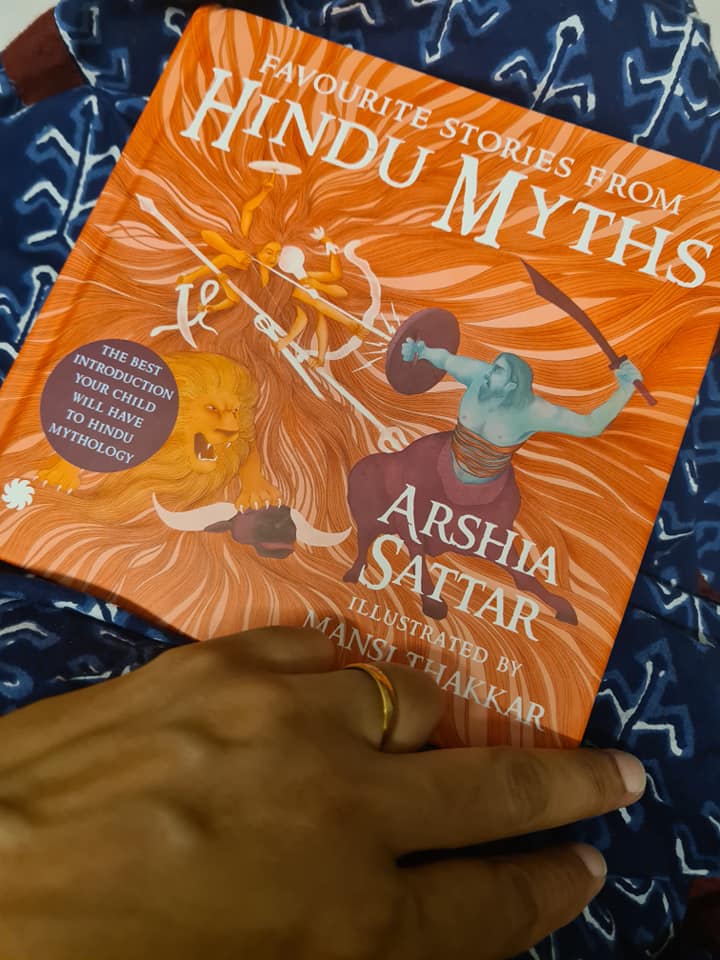
Arshia Sattar’s retelling of the Sanskrit epics are always worth reading. She has a PH.D in classical Indian literatures from the University of Chicago. Her abridged translation of Valmiki’s Ramayana is regarded as one of the definitive presentations of the epic in English. She has written a number of books on Hindu mythology for younger readers including the bestselling Ramayana for Children, Mahabharata for Children and Adventures with Hanuman.
Favourite Stories from Hindu myths is her latest offering. This absolutely delicious book is published by Juggernaut Kids. As with the previous publications by Arshia Sattar, the stories are so beautifully and simply retold. It is almost as if one’s childhood memories of being told the stories by an adult come alive. It is always remarkable at how the transference of the oral tradition to the print seems effortless but is not. It definitely not could not have been easy for these very popular tales such as “The Churning of the Ocean”, “Narasimha the Man Lion”, “Fine-Feathered Garuda” and “Bhagiratha Brings the Ganga to Earth” as everyone has their own way of narrating or remembering the story. Arshia Sattar’s touch is very special. She ensures that the key elements of every story are passed on but at the same time, the storytelling has her distinctive stamp of shortish sentences. Hardly any sub-clauses. Wonderfully descriptive. Very visual. Plenty of action. Yet, as with all oral traditions, she is able to provide spaces to the reader/narrator to embellish the story a bit more when reading it out aloud. The choice is the reader’s to either stick to the text that has been provided or add a little more.
The gorgeous illustrations by Mansi Thakkar are bold, bright, and stunning. The very European art sensibility in the excessive use of pastel shades and an almost watercolour-like effect for stories are an interesting touch for stories that are most often associated with garishly loud colours.
This is a wonderful hardback volume of stories, reasonably priced, will make for excellent gifts in the upcoming festival season. Share it widely.
It is a truth universally acknowledged that the best stories are to be found in the holy scriptures of various religions. It is time to make them more easily accessible without prejudice. Hopefully then there will be less scope for vilifying the other but a sensitive understanding and respect for another culture. Syncreticism is the bedrock of Indian democracy. There is no doubt that Juggernaut Kids will do an equally fine job for stories from other faiths too.
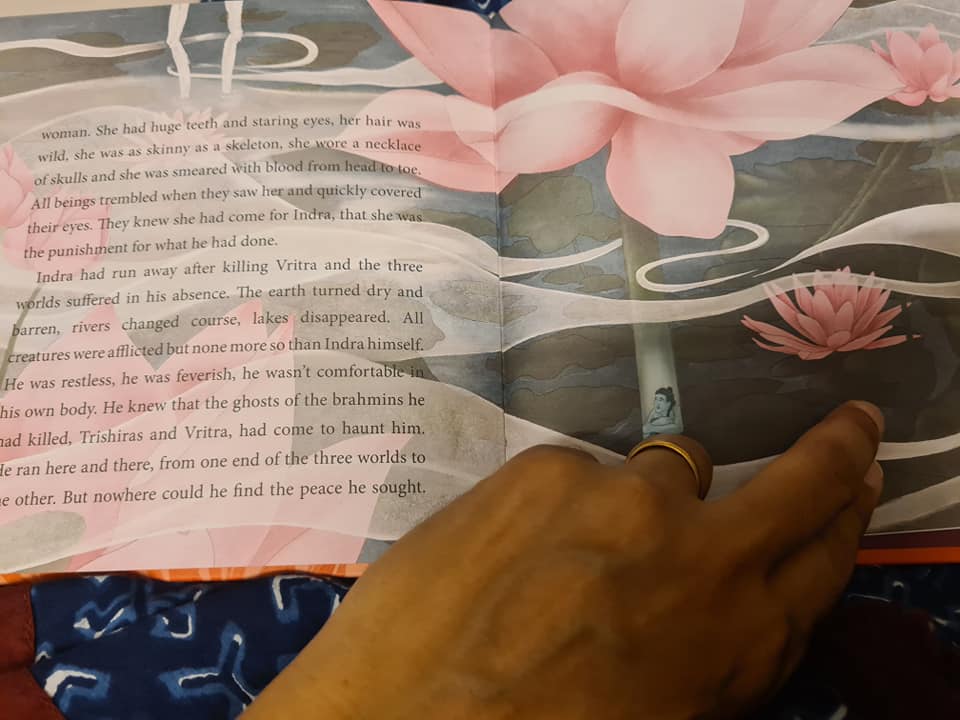
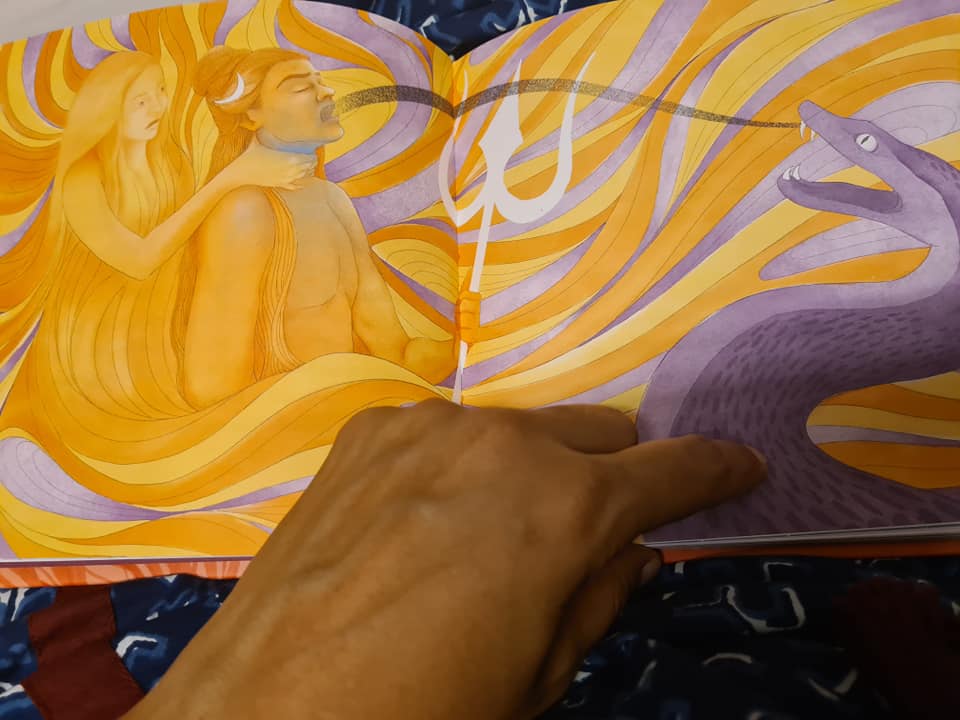
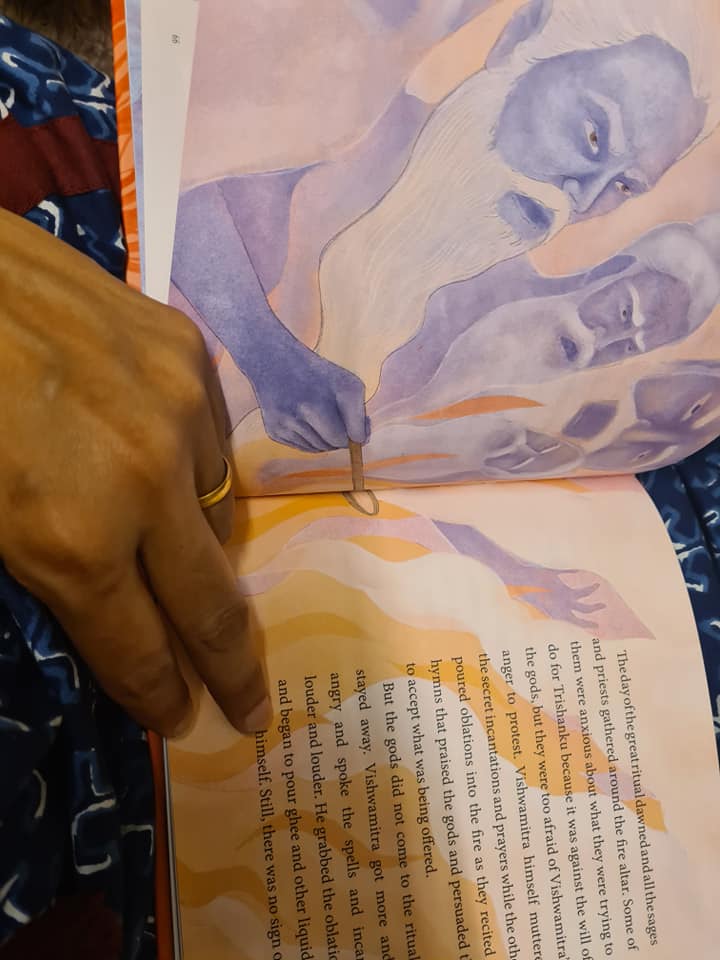
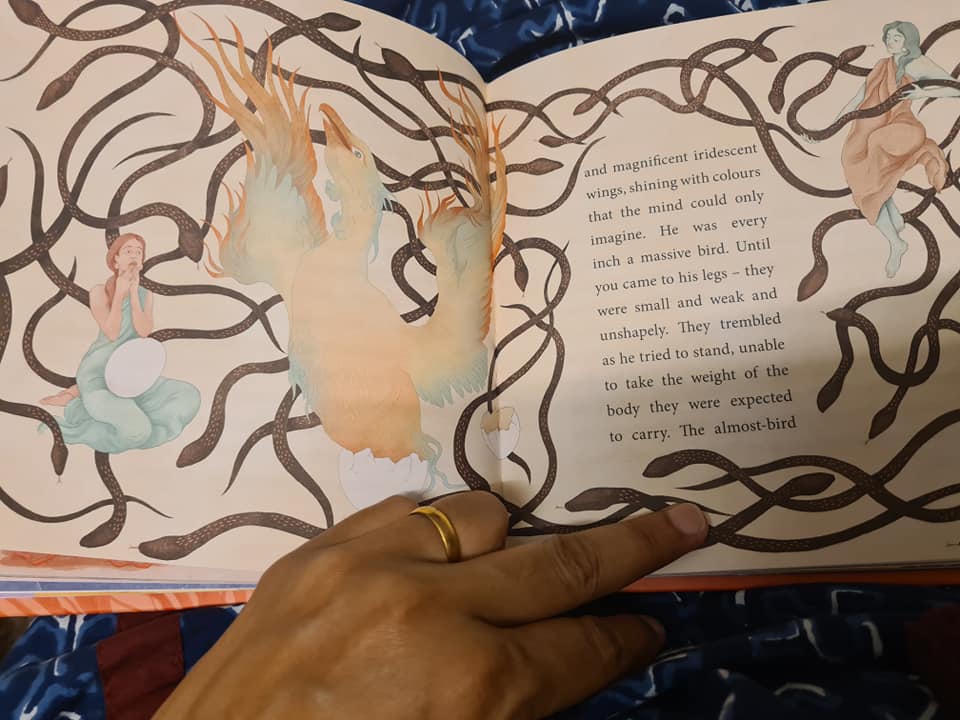
16 March 2022

